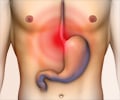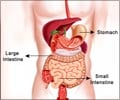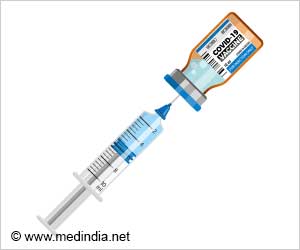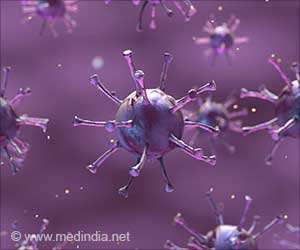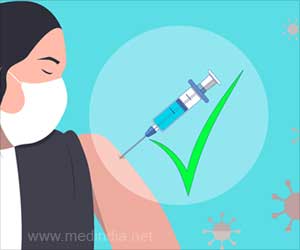
‘Measurements of plasmin(ogen) levels and its enzymatic activity may be important biomarkers of disease COVID-19 severity.’





Elevated levels of plasminogen and plasmin have been found to be a common factor in people with diabetes and preexisting heart, lung and kidney conditions. Plasminogen is an inactive substance in the blood. When substances in the cells of the blood vessels activate plasminogen, it generates plasmin, an enzyme that removes blood clots from the blood. Higher-than-normal levels of both of these chemicals can lead to severe bleeding.
Studies report that more than 97% of people hospitalized with COVID-19 have increased levels of D-dimer, a protein in the blood that is produced when a blood clot dissolves. D-dimer levels are associated with the amount of virus detected in the body and continue to rise as the severity of COVID-19 increases.
This is particularly true in people who develop the often-fatal complication of acute respiratory distress syndrome (ARDS). “In contrast, D-dimer levels decreased to control levels in [COVID-19] survivors or non-ARDS patients,” the review’s authors wrote. “The time [period] for the elevated D-dimer [to go] down in mild [cases] or survivors is dependent. Generally, it takes at least one week for mild [cases] but longer for severe patients,” explained Hong-Long Ji, MD, PhD, corresponding author of the review.
“Measurements of plasmin(ogen) levels and its enzymatic activity may be important biomarkers of disease severity” in people with COVID-19, the authors wrote. In addition, treating hyperfibrinolysis “may prove to be a promising strategy for improving the clinical outcomes of patients with [additional medical] conditions,” they added.
Source-IANS



